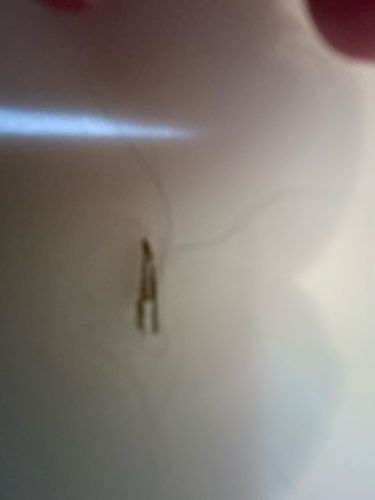Springtail
Scientific Name: Collembola (various genera and species)
Order & Family: Order Collembola, various families
Size: Typically very small, ranging from 0.2 mm to 10 mm, with most common species being 1-3 mm.

Natural Habitat
Springtails thrive in moist, humid environments with a rich supply of decaying organic matter. They are commonly found in soil, leaf litter, under bark, in compost piles, and sometimes in damp indoor areas like bathrooms and basements.
Diet & Feeding
Springtails primarily feed on decaying organic matter, fungi, algae, and bacteria. Some species may also feed on plant roots, but usually only in damp, unhealthy conditions.
Behavior Patterns
Springtails are known for their ability to jump using a furcula, a tail-like appendage folded under their abdomen. When startled, they release their furcula, propelling themselves into the air. They are found in moist environments and are decomposers, playing a role in nutrient cycling. They are generally harmless to humans and are not known to bite or carry diseases.
Risks & Benefits
Springtails are generally considered beneficial as decomposers, contributing to soil health and nutrient cycling. They pose no direct risk to humans, are not known to spread diseases, and rarely cause significant plant damage. They are an indicator of high moisture levels indoors.
Identified on: 9/4/2025